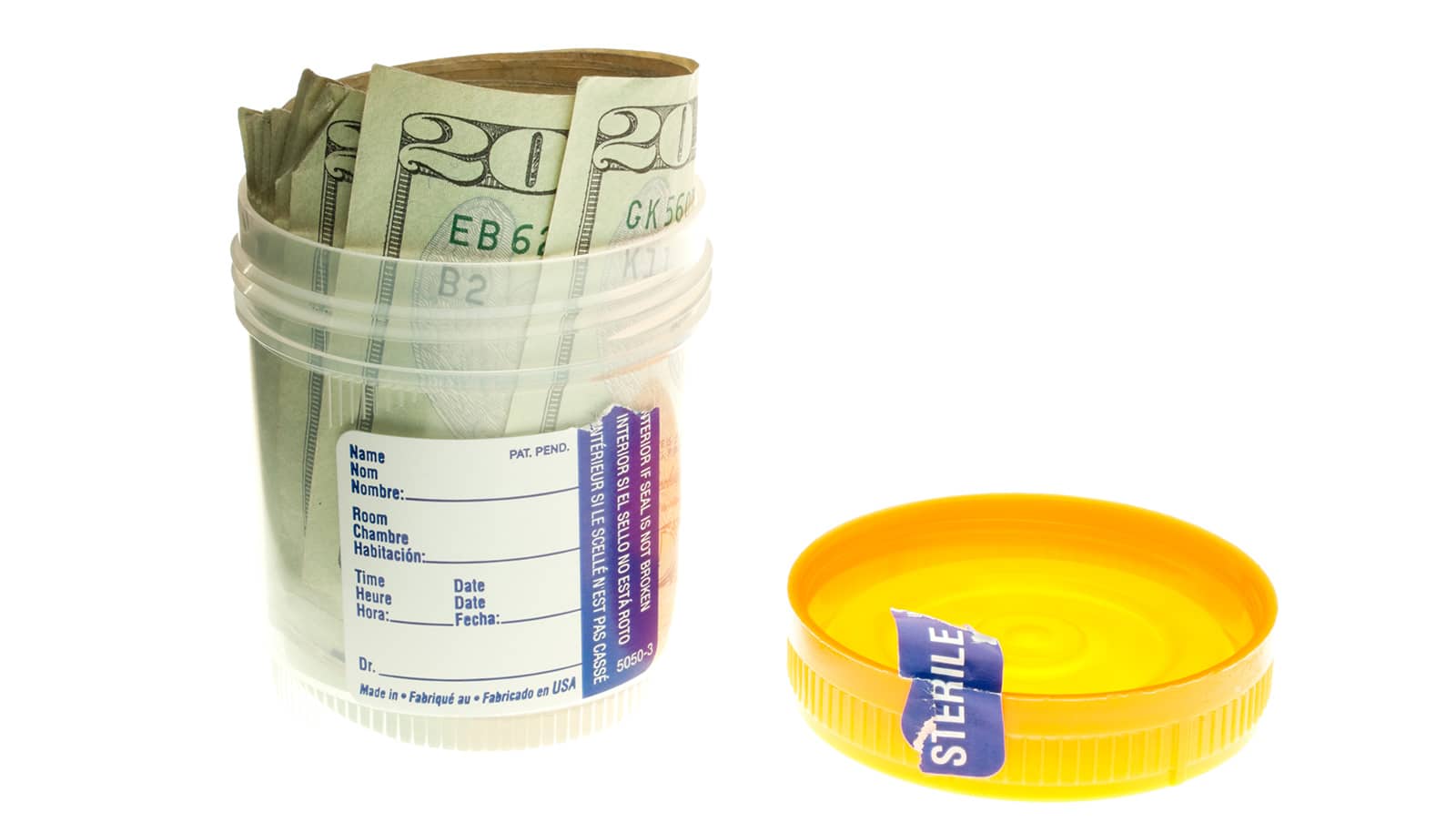A new 3D-printing technology could create medical implants that are stronger, less expensive, more flexible, and more comfortable than anything currently available.
In a new paper in Science Advances, researchers describe the process they developed for using 3D printing and soft silicone to manufacture items that millions of patients use: ports for draining bodily fluids, implantable bands, balloons, soft catheters, slings, and meshes.
These kinds of devices are currently molded, which can take days or even weeks to create customized parts designed to fit an individual patient. The 3D-printing method cuts that time to hours, potentially saving lives. What’s more, extremely small and complex devices, such as drainage tubes containing pressure-sensitive valves, simply cannot be molded in one step.
The new method allows them to be printed.
“Our new material provides support for the liquid silicone as it is 3D printing, allowing us create very complex structures and even encapsulated parts out of silicone elastomer,” says lead author Christopher O’Bryan, a mechanical and aerospace engineering doctoral student at the University of Florida’s Herbert Wertheim College of Engineering.
It also could pave the way for new therapeutic devices that encapsulate and control the release of drugs or small molecules for guiding tissue regeneration or assisting diseased organs such as the pancreas or prostate. The cost savings could be significant as well.
Ink designed to 3D print bone implants for kids
“The public is more sensitive to the high costs of medical care than ever before. Almost monthly we see major media and public outcry against high health care costs, wasteful spending in hospitals, exorbitant pharmaceutical costs,” says Tommy Angelini, associate professor of mechanical and aerospace. “Everybody agrees on the need to reduce costs in medicine.”
The new method was born out of a project Angelini and colleagues have been working on for several years: printable organs and tissues. To that end, the team made a significant discovery two years ago when it created a revolutionary way to manufacture soft materials using 3D printing and microscopic hydrogel particles as a medium.
The problem was, the previous granular gel materials were water-based, so they were incompatible with oily “inks” like silicone. It was literally a case of trying to mix oil and water. To solve that problem, the team came up with an oily version of the microgels.
“Once we started printing oily silicone inks into the oily microgel materials, the printed parts held their shapes,” Angelini says. “We were able to achieve really excellent 3D printed silicone parts—the best I’ve seen.”
Manufacturing organs and tissues remains a primary goal, but one that likely is many years away from reality. Not so with the medical implants.
“The reality is that we are probably decades away from the widespread implanting of 3D-printed tissues and organs into patients,” Angelini says. “By contrast, inanimate medical devices are already in widespread use for implantation.
“Unlike the long wait we have ahead of us for other 3D bioprinting technologies to be developed, silicone devices can be put into widespread use without technologically limited delay.”
Source: University of Florida



